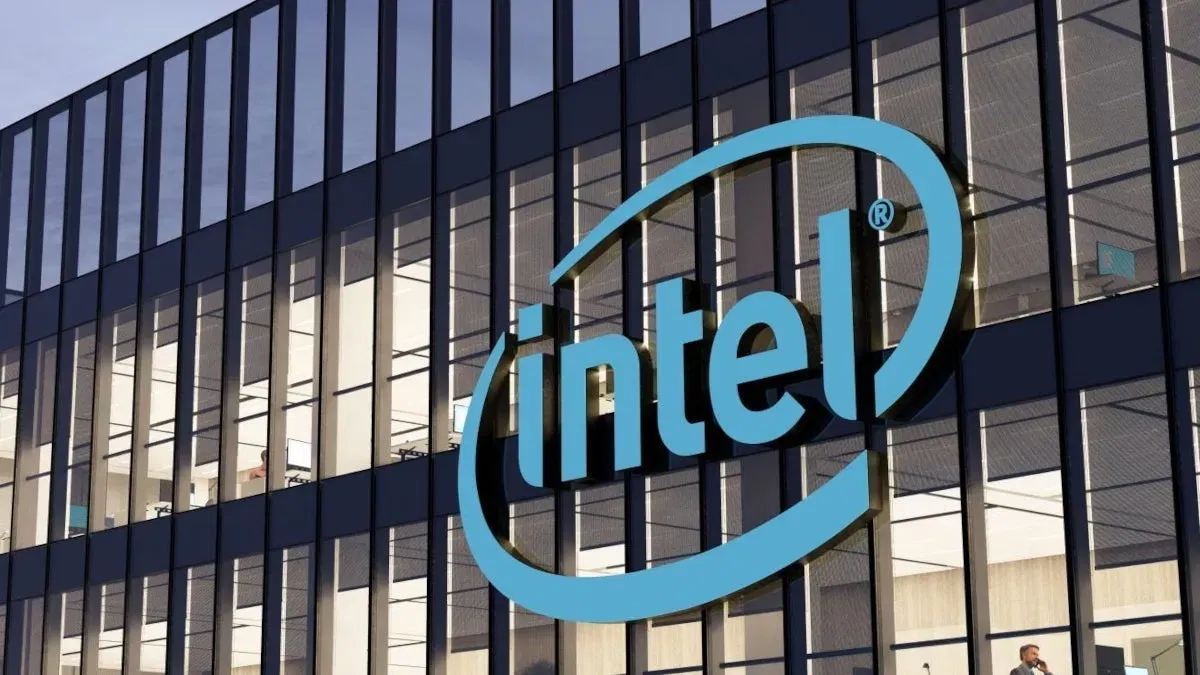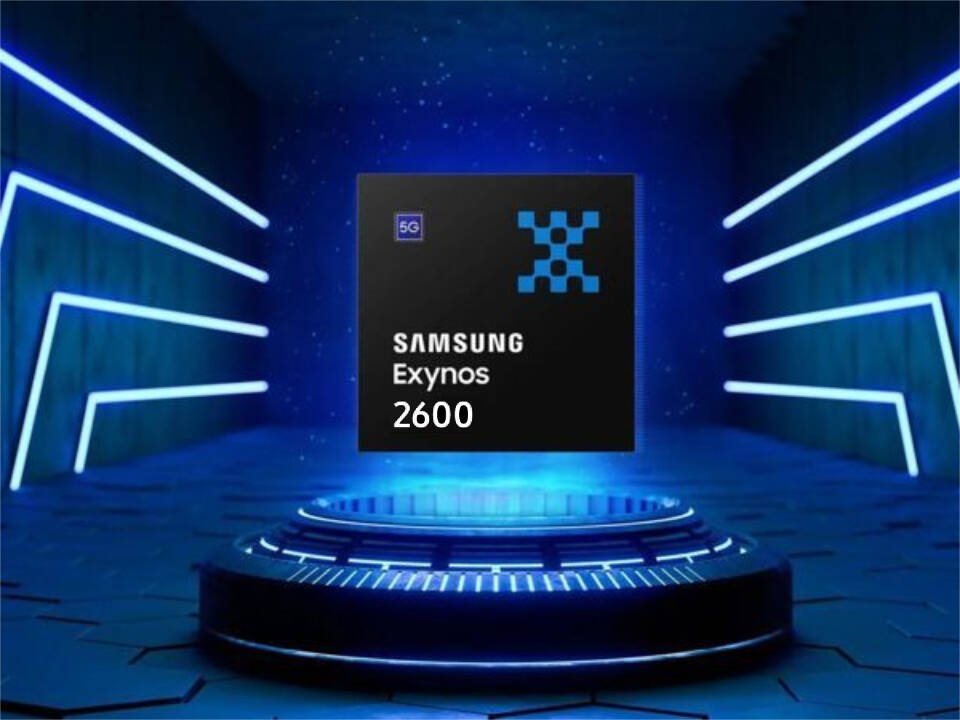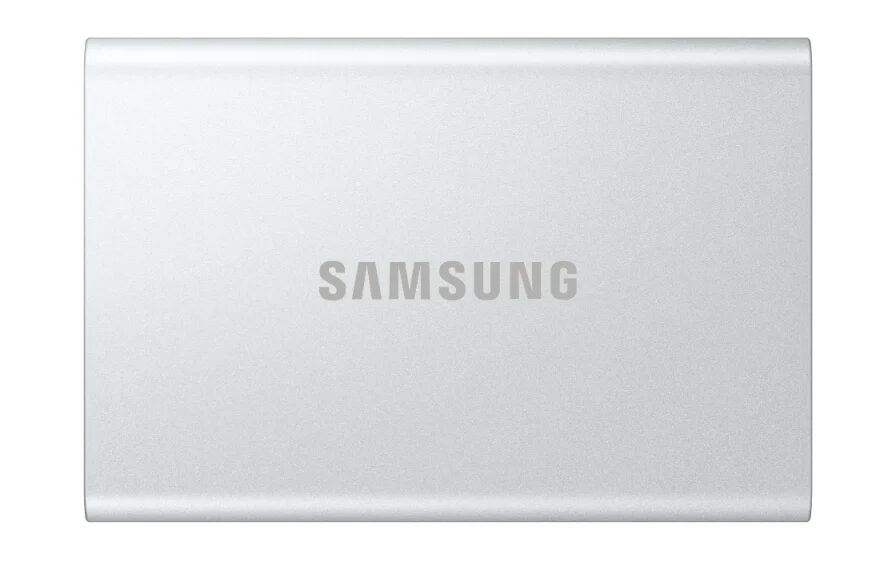Intel is preparing the 14A, a chip that could overtake Apple’s processors

Intel is once again challenging Apple in the laptop processor race. The company has unveiled the first specs of the upcoming process Intel 14A, which promises to be a revolution in power efficiency and performance. And while these chips won’t be available until 2027, they’re already generating industry-wide interest.
Intel 14A: 1.4nm process and ambitions to catch up with Apple
At an event in San Jose, Intel officially revealed progress on its processor node 14A is a silicon process with a minimum transistor size of 1.4nm. By comparison, most current chips (including Apple’s M3 and M4) are created using a 3nm process.
Smaller transistors allow for more computing units in the same space, lower heat dissipation, and more performance per watt. Intel expects the 14A to deliver:
- up to 35% power savings over the upcoming 18A (1.8nm) node,
- up to 20% performance gain per watt
- as well as new architecture «turbo cells»an approach aimed at increasing CPU and GPU frequencies.
The closest battle is Intel 18A vs Apple M5 as early as this fall
But 2027 is still a long way off, which means Intel and Apple’s main battle will take place sooner. Intel will unveil its first line of chips based on 18A -a 1.8nm process technology-as early as this fall. These chips will debut under the brand name Intel Core Ultra 300, also known as Panther Lake, and will be the successor to Lunar Lake.
They will get industry-unique backside power delivery technology that reduces resistance and improves stability at high loads. Intel says the 18A will deliver 25% more performance and 36% less power consumption compared to the current 3nm solution.
The 18A will provide 25% more performance and 36% less power consumption compared to the current 3nm solution.
Apple is preparing a series of M5 chips in response, presumably still on TSMC’s 3nm process. New MacBooks with these chips could come out as early as summer 2025.
Who’s who? While Apple has the battery and Intel has the frequencies
Over the past few years, Intel has had trouble finding a balance between performance and battery life. When Intel chips overtake the M-series in power, they lose out in power efficiency, and vice versa.
So far, only the Qualcomm Snapdragon X Elite has come close to the golden mean on Windows devices, but it too has had trouble supporting gaming and desktop tasks.
In the meantime, Apple continues to build on its lead – the M6 is rumored to be built on TSMC’s 2nm process already and won’t be released until spring 2026.
And it’s rumored to be built on TSMC’s 2nm process and won’t be released until spring 2026 at the earliest.
Good news for users: the fight is escalating
While Apple and Intel fight for leadership, the big winners are us, the users. Each round of competition leads to thinner chips, better battery life, more power, and new features.
And every round of competition leads to thinner chips, better battery life, more power, and new features.
2025 and 2026 promise to be a busy year for releases, but the main event – 14A from Intel – will happen in 2027. Perhaps that’s when Intel will finally catch up and overtake Apple in a field where it remains the undisputed leader for now.
The article Intel prepares 14A chip to overtake Apple’s processors was first published on ITZine.ru.








